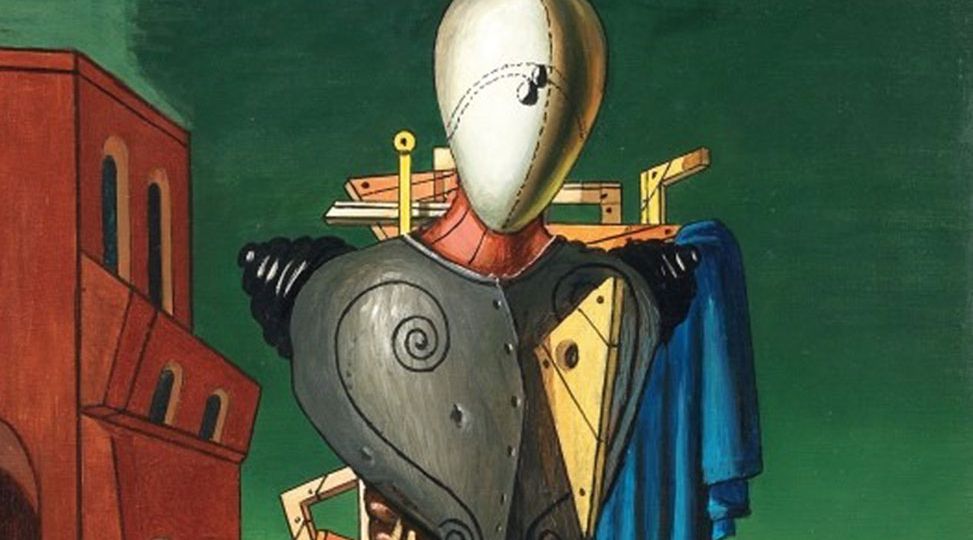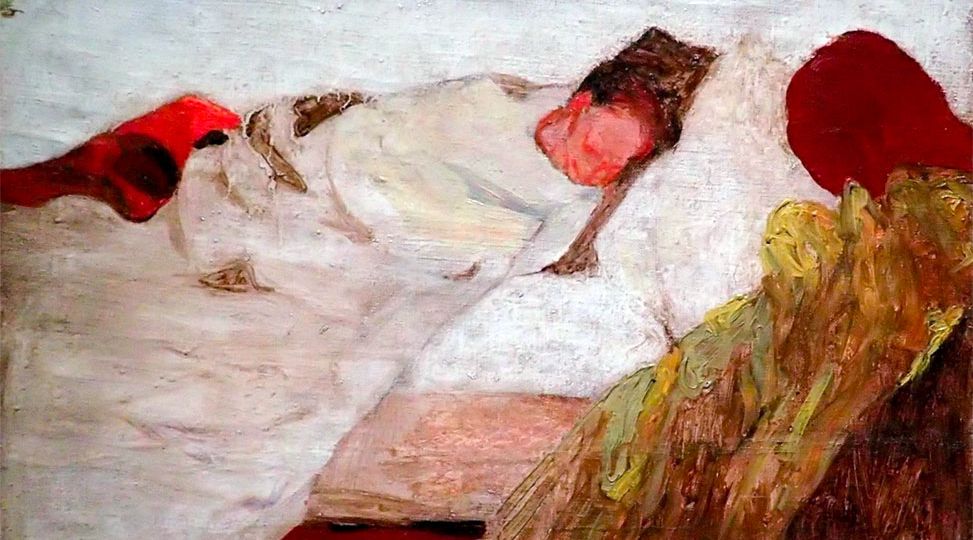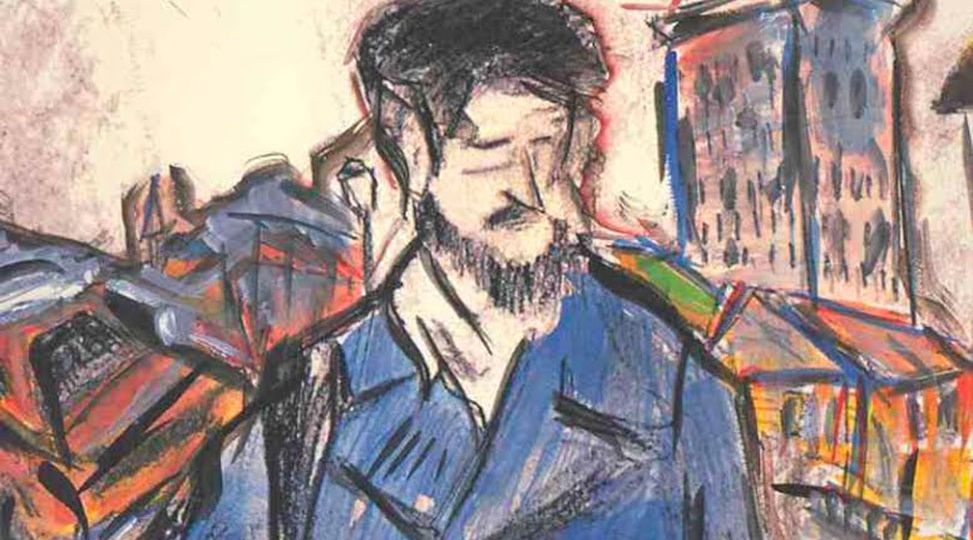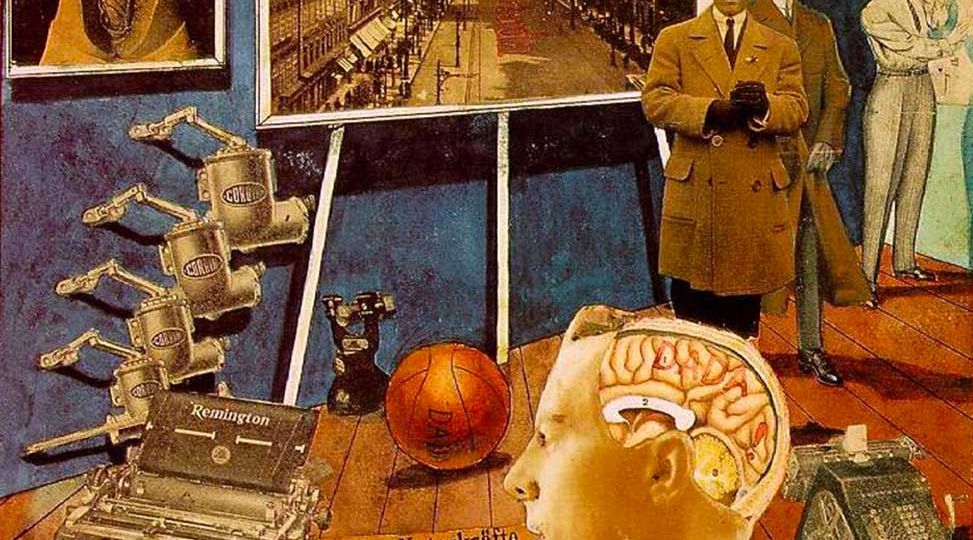“Everything has a purpose, clocks tell you the time, trains take you to places. Machines never come with any extra parts, you know. They always come with the exact amount they need. So I figured if the entire world was one big machine, I couldn’t be an extra part. I had to be here for some reason. And that means you have to be here for some reason, too. ”
Ni
While Anna’s direct communication style seems natural to a German or someone with STJ/NTJ preferences, in Korea it would offend. The Korean communication style is indirect and high context; the message is often communicated through other means than the actual word. Body language, tone of voice, hierarchical position, meeting location, personal history …
Do you use your dominant function-attitude confidently? Heroically? Do you know when to trust it, even if no one else does? Many people grow up in families and/or cultures that don’t support their preferred ways of seeing the world and operating in it. So underdevelopment of our naturally preferred functions is probably a common type-development issue …
I realized that, as symbolized by the water, there are life energies or archetypes which serve the universal purpose of potentially keeping us alive and on our path in service to the Self. These energies reside both within and without and are generally unconscious until we work to bring them to consciousness. …This is true even when we fall!
In a dream she showed up as twins. One who was quiet and could play by herself (like her father, Ti) and the other who was very precocious as she hung upside down from a tree (like her mother, Te), reflecting the inherent nature of the Opposing Personality. From the outset of our work her battle seemed to reflect inferiority about not being an extravert.
The portrait of Bob Dylan in the film “I’m not there” demonstrates how a lack of father-specific structure is compensated by a powerful and extraordinarily creative but volatile and defenseless Puer structure; and the movie further illustrates the tendency of the Shadow complexes to rise to repair such psychic vulnerabilities and restore equilibrium.
I describe here how I discovered a new way to find the function-attitudes—the ‘building blocks’ of personality type—associated with any set of MBTI® results. I discovered this method almost by accident. My goal was to form teams of graduate design students working together to conceive, build, demonstrate, and report on a physical project.
“What do you want?” asked one of the boys, his crossed arms over his chest authoritatively. “I want a drink of water,” I told him, but as I made a move to go around him, he stepped in front of me again. Before I could say anything or react in any way, he told me, “You can’t drink here. This fountain is for people. No monkeys allowed.”
Fight Club’s accomplishment is to elicit in us the instinctive fear, resistance, and embarrassment we all experience around the domain of our inferior function, whichever function that may be for us. The reward for sticking with the movie until the end is a catharsis that feels as if we have integrated our own inferior function.
… A wise employee will come to understand the culture of the company … and recognize that the team has long since developed a certain way of taking care of others. The team uses its auxiliary function, not yours, or the one your tertiary Child expects it to use. You cannot expect an organization to take care of you in the way that you want …











